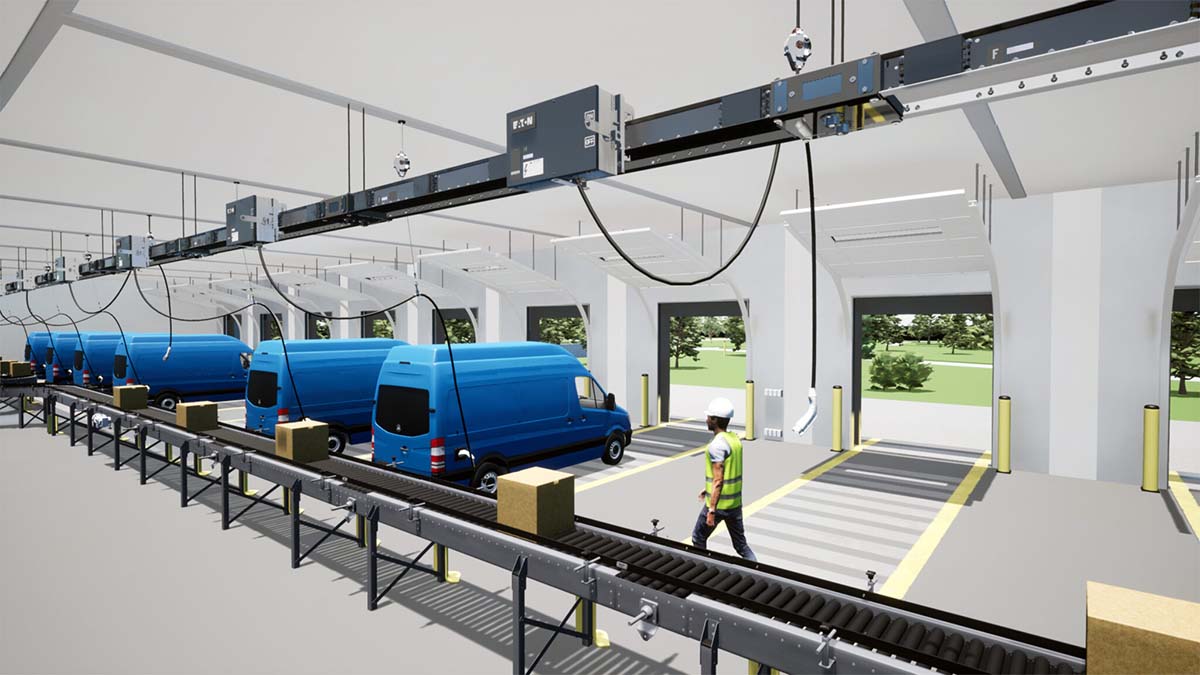 7 hábitos de uso de cabos que podem arruinar o carregador do seu veículo elétrico — e o que fazer em vez disso
7 hábitos de uso de cabos que podem arruinar o carregador do seu veículo elétrico — e o que fazer em vez disso
Oct 24, 2025
A maior parte do tempo de inatividade do carregador começa com o manuseio do cabo. Mantenha-o curto, evite abrasão e amassamento, respeite os limites de curvatura, limpe e seque após o uso, e muitas "falhas misteriosas" desaparecem. A política de comprimento é o que mais importa: na China, mantenha o comprimento do cabo em 5 m ou menos; para locais no exterior, mantenha-o em 7,5 m ou menos. Se você precisar exceder esses limites, adicione proteção e gerenciamento adequados para que o cabo não fique preso ao chão. 1. Corridas longas sem proteçãoEsticar a guia além da política do local (≤ 5 m no país, ≤ 7,5 m no exterior) pode causar arrasto, torção e capotamento do veículo. Ajuste o comprimento à baia que você atende. Onde for inevitável um alcance maior, alivie a folga com carretéis, lanças ou retratores e instale rampas de proteção em cada travessia. 2. Raspar cantos, cascalho e bordas afiadasEsfregar a jaqueta sobre cantos de paredes, bordas de meio-fio ou pedras soltas corta a bainha e permite a entrada de umidade. Passe longe de superfícies abrasivas, adicione protetores de canto ou mangas onde o contato não possa ser evitado e oriente a passagem manualmente em vez de arrastar. 3. Grampos de metal nu na jaquetaA fixação direta com peças metálicas desgasta a capa conforme o cabo se move. Onde quer que o cabo seja fixado ou guiado, adicione uma almofada de borracha, ilhós ou luva e aperte apenas o suficiente para evitar deslizamentos. Verifique novamente após a primeira semana; o hardware se acomoda. 4. Curvas fechadas e torção adicionalPequenos raios próximos à capa do conector rompem a bainha e tensionam os condutores; torcer para "soltar" um plugue transfere a carga para os pinos e os crimpa. Mantenha as curvas suaves (várias vezes o diâmetro externo do cabo), evite enrolamentos apertados sob tensão, solte a trava e puxe em linha reta usando a empunhadura. 5. Sol, óleo, água e produtos químicosOs raios UV fragilizam polímeros; óleos e solventes amolecem as capas; água parada causa corrosão. Armazene à sombra sempre que possível, limpe-as da chuva, neve, óleo ou produtos químicos após o uso e especifique capas classificadas para raios UV e contaminantes onde a exposição é rotineira. 6. Arrasto brusco de longa distânciaPuxadas com parada e partida criam cargas repentinas no alívio de tensão, e a cabeça do conector pode martelar a capa. Mova-se em um ritmo constante e segure a cabeça durante as relocações. Se movimentos longos forem comuns, use uma bolsa ou suporte simples para que a cabeça não balance. 7. Tráfego de veículos ou paletes sobre o caboCargas de esmagamento repetidas deformam os condutores e aumentam o risco de tropeços. Mantenha as rotas fora dos corredores de veículos; onde for impossível evitar a travessia, use rampas de proteção discretas e marque uma zona de posicionamento fixa para que os funcionários as coloquem no mesmo local todas as vezes. Lista de verificação rápida de campoItemO que verificarComprimento e roteamentoDentro de ≤5 m(CN)/≤7,5 m(em outro continente) ou gerenciado; sem longas viagens pelos corredoresBordas e superfíciesSem raspar nos cantos/cascalho; mangas ou protetores de canto no lugarGrampos e guiasAlmofadas/ilhós de borracha usados; sem aperto na jaquetaRaio de curvaturaCurvas suaves; sem enrolamento apertado na bota; sem torçãoExposiçãoSem água/óleo parados; armazenamento na sombra quando possívelCruzamento de trânsitoRampas de proteção colocadas e fixadas; cabos fora dos caminhos das rodasLimpezaContatos e invólucros limpos/secos antes de guardarSaúde visualSem cortes, amassados, protuberâncias ou rachaduras nas botas; marque se não tiver certeza Substitua o cabo imediatamente se você observarRuptura na capa profunda o suficiente para mostrar camadas internas ou contorno do condutorBlindagem/condutor exposto ou uma capa de alívio de tensão rachada/soltaManuseio quente persistente, odor ou descoloração sob carga normalTrava danificada, carcaça distorcida, pinos queimados/corroídosFalhas repetidas rastreadas até o mesmo cabo após verificações limpas/secas
LEIA MAIS

 7 hábitos de uso de cabos que podem arruinar o carregador do seu veículo elétrico — e o que fazer em vez disso
7 hábitos de uso de cabos que podem arruinar o carregador do seu veículo elétrico — e o que fazer em vez disso